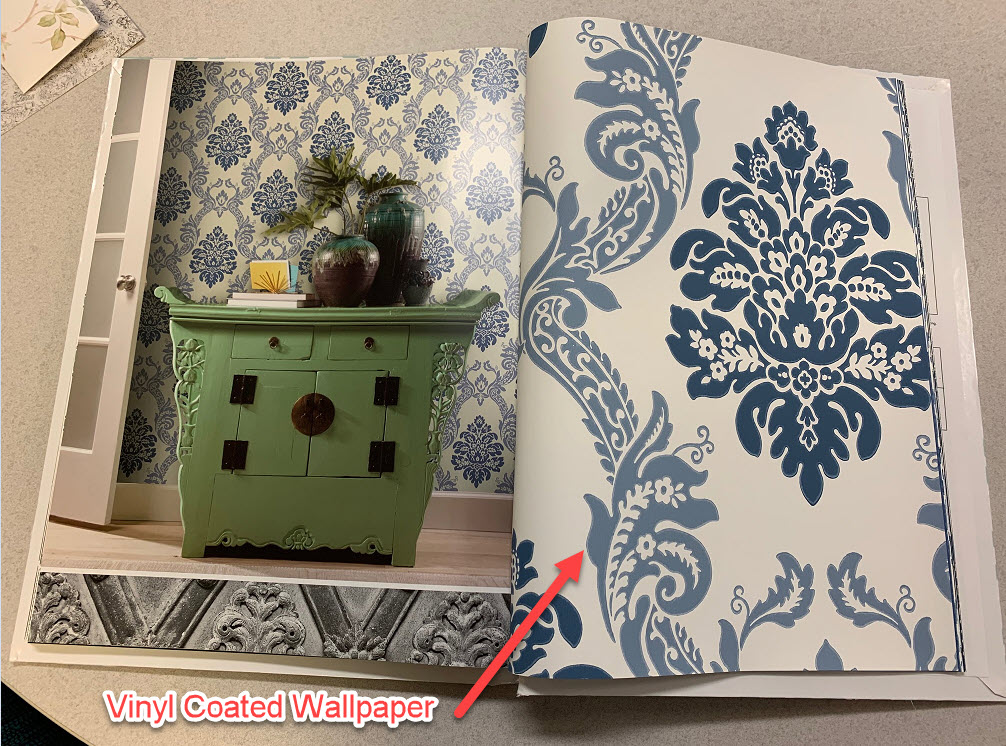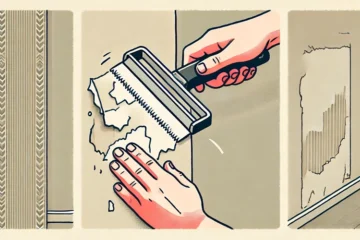What Are The Different Types Of Wallpaper?

Tired of the flat paint on your walls? Then try hanging some wallpaper—its colors, patterns, and textures can transform any room from something modest to something more. The job isn’t hard if you learn the basics first, including how to:
- Use essential wallpapering tools
- Choose and order the right wallpaper in the right amount
- Install wallpaper on walls, ceilings, corners, outlets, and more
Wallpaper has been used for more than 2,000 years, and for most of that time it was in fact made of paper. But it’s been a while since paper played a big role in wallpapering: these days, vinyl is the material of choice, whether used in its solid form or as a coating for any number of fabric-backed “papers.” As a result, the term “wallpaper” is slowly being replaced by the more inclusive term wallcovering.
Components of Wallpaper
Wallpaper is composed of a surface layer, which everyone sees, and a backing layer, which just about no one sees but is responsible for holding everything together. The three basic types of backing, in order of increasing durability, are:
- Paper
- Fabric
- Paper and fabric combined
Standard Wallpaper Types
Wallpapers are usually identified by their surface layers. The most common types are:
- Paper: This is the traditional product, made of paper and used most frequently in restoration work. It’s not as durable as vinyl-based products and is harder to install.
- Vinyl-coated: Made with a paper backing that is sprayed with a vinyl or acrylic coating, this is a step up in durability from plain paper and is suitable for every room in your house.
 img: wallpaperboulevard.com
img: wallpaperboulevard.com - Coated fabric: This product has a fabric backing that is coated with liquid vinyl. Coated fabric paper is used most frequently in living rooms and bedrooms, and less so in moister areas such as kitchens and baths.
 img: bobvila.com
img: bobvila.com - Solid vinyl: This type of paper is a continuous sheet of solid vinyl, usually laminated to a paper or paper-and-fabric backing. It resists moisture, stains, and grease; is very durable; and can be used in any room.
 img: bjcnbm.en.made-in-china.com
img: bjcnbm.en.made-in-china.com
Specialty Wallpaper Types
Specialty wallpapers include:
- Natural fibers: These papers are made of materials, such as seagrass, sisal, wool, and cotton, that are laminated onto a paper backing. They can add a very distinctive look but should be used only in low-traffic, no-moisture areas.
- Embossed: These very thick papers are stamped to create a formal pattern in high relief. They’re used most often in accent borders and dining room wainscoting and usually are painted.
- Foil: These wallcoverings are made of a thin metal film (or a layer of Mylar® coated with metal film) bonded to a paper backing. The surface can be highly reflective, in some cases almost mirror-like, or it can be printed with a variety of patterns.


